Kites in India have been flown over since many decades. Kite flying has been considered as the most traditional and ancient sport of India which is enjoyed by people of all age groups. History has it that kites were first brought to India by the famous Chinese duo Fa Hien and Hiuen Tsang but post that there has been a tremendous evolution in Indian style of kites and Indian kite flying. A typical Indian kite is made of a lightweight tissue paper with bamboo suspensions made in vivid multi colors mostly available in a diamond shape. An Indian Kite Flyer makes sure his kite can respond to the lightest touch and is able to fly stably in the sky for a long time.
While the diamond shaped kite remains most popular choice of all Indian kite flyers as it is the basic and most stable model. But an avid Indian kite flyer is always open to experiment with different shapes, sizes and styles of kites. Indian Kite Flying has involved over the years with that the Indian Kite Flyers also have developed variations in their kites and kite flying techniques.
Few different types of Indian Kites are:
Patang
This is the most commonly used Indian kite. The edges of the kite are reinforced by a thin thread along the sides of the kite and the sail is glued with an overlapping paper. The tail is generally a small triangle shaped tissue, it is pasted in such a way that the bottom edge is in sync with the level of the sail.
Guddi
Almost as popular as the patang, there is a slight variation in this kite. Typically,the guddi kite is longer in size rather than its width. It also has a tail which is usually a small tassel of tissue paper.
DedhKanni
This is kite is flown when the winds are a little low and it is also not a very popular type of kite. The kite is a broader one comparatively than the regular patang. It also has a triangular patch type of tail attached to the bottom of the kite.
These kites come in single/double/ multi-color options as per the kite flyer’s choices. There can be many designs painted, stitched, pasted on these kites to give them a creative touch and enhance the beauty of kites. The Indian kite flyers usually prefer two-point bridle to fly their kites. For bridling there are 2 holes made first at the conjunction of the bow and spin at the top in a cross way and other two holes are made towards the bottom about two-third lengths from the top of the spine. These are then connected with the thread to form a V shape line tied with a knot and then the thread attached with the spool. The thread can be a Sadda thread or a Manjha. A sadda thread is a normal cotton thread usually a little thicker than the sewing thread. A manjha is an advanced version of the sadda thread wherein the normal cotton thread is glazed with glass coated glue to make it a stronger and tougher to fight with other kite flyer’s thread. These 2 threads are used mostly for kite flying of which Manjha is mostly preferred as Indian kite flying is mainly fighter based.
Indian Kite Flyers mostly comprise of people aged between 10 -50 years age group although people beyond these boundaries too fly kites this age group is more active and avid towards kite flying. Indian kite flying as said above is mainly fighting based so people not only fly kites for fun but also indulge in kite flying competitions where they engage making their kites fight with that of their opponents and make sure their pull-push techniques of kites are so strong that the other kite’s thread gets cut and their kite remains firm in the sky. A major kite flying craze in India can be witnessed most evidently during Makar Sankranti festival where kites are given a ritualistic importance as well. The skies are filled up with millions of kites and there are cheers and roars of people making merry in flying kites throughout the day. Apart from that on Independence Day and Republic Day of India too the kites are flown to mark freedom and victory.
FLY360 is one avid team of Indian Kite flyers who have been passionate about kite flying since ages. We are in the kite flying and kite making industry from past 25 years and we have always tried to invent and evolve the fine art of kite making. Our approach towards kite making is sort of indo-western where we make Indian traditional kites with modern western techniques. Traditional Indian kites are made out mostly with various kinds of papers so they are not so durable and reusable. But we make kites with the specially imported material used also for making Parachutes. This material is highly durable and washable as well. This makes FLY360 kites stand out from the rest. We also make kites in such a way that each symmetric design of any shape and size not only just flies perfectly but also stays stable in the sky. The thread used for flying our special kites is not the usual one but a strong and durable nylon thread.
So to all the kite enthusiasts who are passionate about flying kites and making Indian kite flying more exciting and to a next level then get in touch with us today. We can collaborate together and spread the joy and passion of kite flying as much as possible.
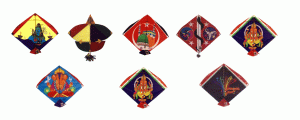
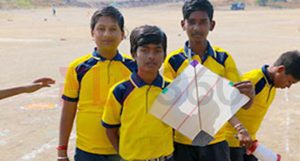
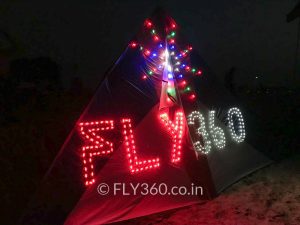


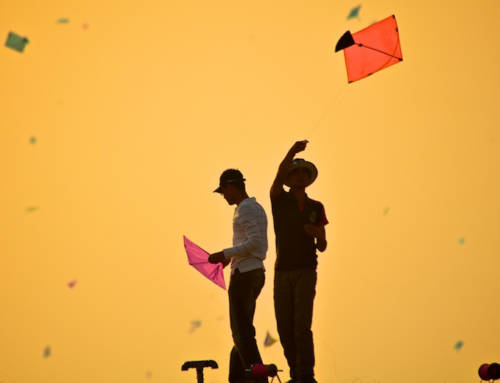

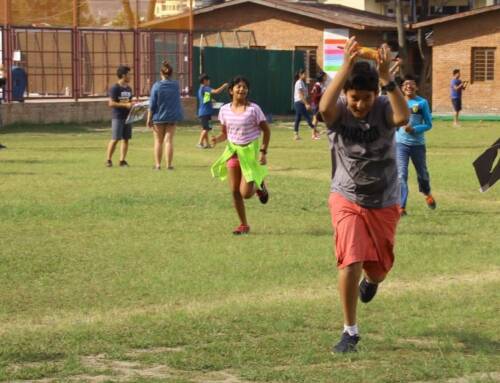
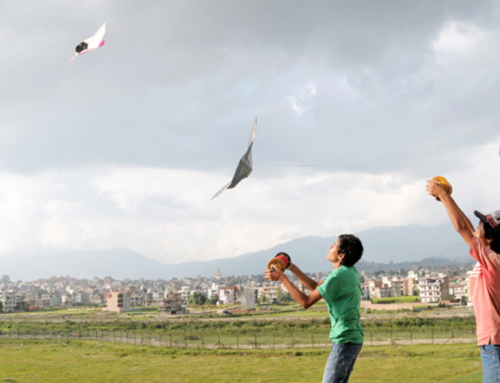

Leave a Reply